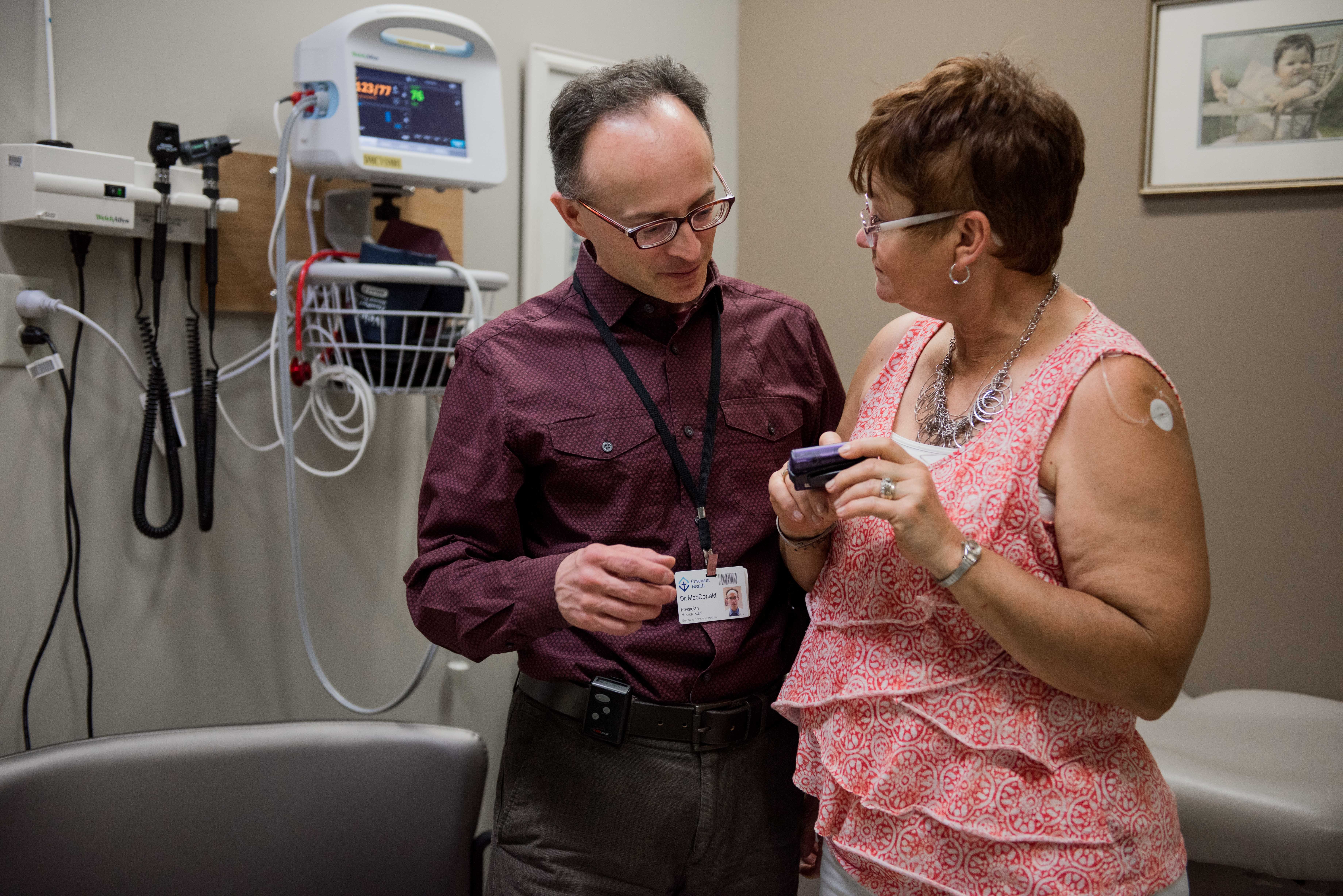Diabetes: over 50 years of struggles and triumphs
August 10, 2016
By Amanda Zirk, Freelance writer
In 1961, Catherine Willis went into a coma and her parents didn’t know what was wrong. Despite the terrible storm, they bundled her up in a blanket and rushed her to the hospital.

“Well,” said the doctor once they arrived, “it’s a good thing you brought her in tonight, because tomorrow you wouldn’t have had to bother.” Even at only five years old, Catherine knew that meant she would have died.
That night, Catherine was diagnosed with Type 1 diabetes and spent six long weeks in hospital.
“When I started school, I didn’t want anyone to know I had diabetes,” says Catherine. “I just wanted to fit in with the rest of the kids."
People in Catherine’s small, rural community didn’t know what diabetes was. “I was the little kid who had to leave birthday parties before the cake. I couldn’t go to sleepovers because people weren’t comfortable giving me my insulin needle."
As with other adolescents who have Type 1 diabetes, Catherine’s sugars got unruly during puberty. She had to increase her insulin intake from one to two times a day. “Even though the shot can be administered anywhere, I didn’t want it anywhere other than in my arms,” states Catherine. “Eventually, the injections wore deep holes in my arms and I wore long sleeves because I didn’t want my peers to see.” When Catherine was able to administer her own insulin, she gave her arms a break from being the injection site. “It took 15 years for my tissue to grow back."
Catherine's quality of life has improved significantly in recent years. She started using an insulin pump three years ago and is part of the Insulin Pump Therapy Program. A pump is a small device that you program before you eat according to your blood sugar levels. It contains a cartridge of rapid-acting insulin and closely acts like your pancreas. Rather than relying on five shots of insulin per day, Catherine wears it 24/7 to help keep her blood glucose levels within the guidelines between meals and during sleep.

Dr. Colin MacDonald, Endrocrinologist, meets with Catherine at the Centre for Diabetes Care at the Grey Nuns Hospital to discuss her insulin pump readings.
Catherine also began visiting the Centre for Diabetes Care at the Grey Nuns Hospital. The centre hosts many clinics and classes that provide support for people with diabetes. She says the great staff is one reason she enjoys the centre. “It’s important to surround yourself with people who can encourage you,” smiles Catherine, who recently received an award for living with diabetes for over 50 years.
Joyce Kutnikoff, Diabetes Nurse Educator at the Centre for Diabetes Care, says Catherine is an inspiration to anybody with Type 1 diabetes. “Catherine has seen many changes in treatment over the years and isn’t afraid to try anything new.”
Catherine encourages people who have diabetes not to miss out on life. “You get one life. Live it! Follow as many of the doctors’ suggestions as possible. Try to keep your blood sugars stable. But if you have a bad day, that’s OK. Get up the next morning and start again. I have been blessed, and you can be too!”